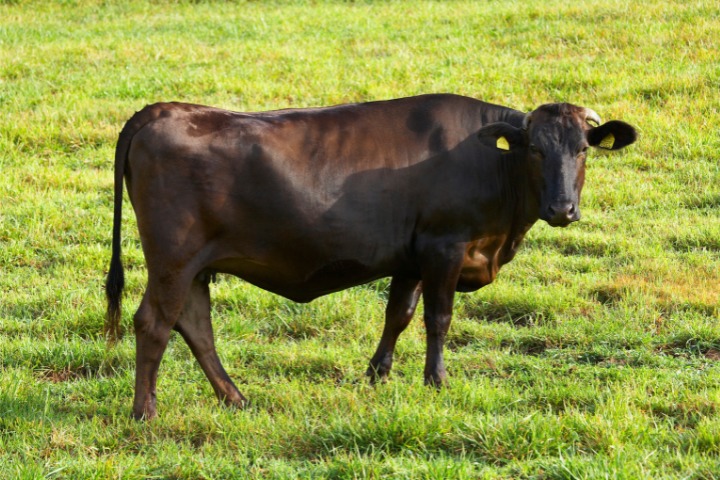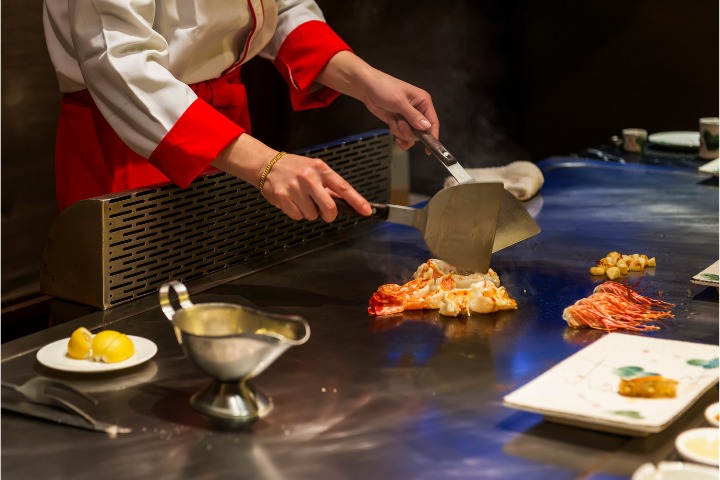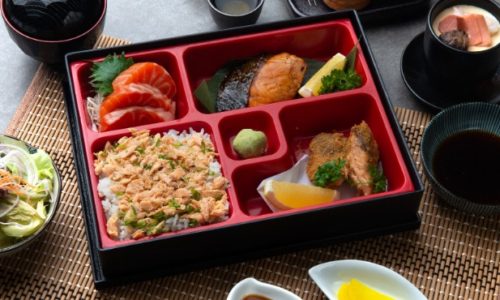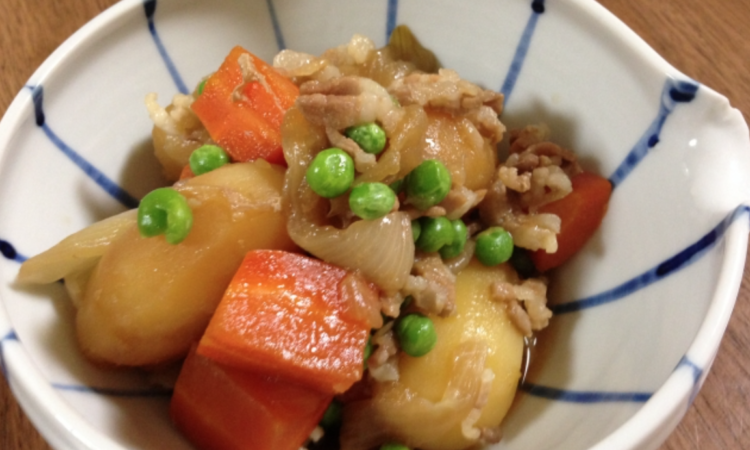Ramen, sushi, sashimi, tempura, onigiri, etc., are just a few examples of the many Japanese cuisines that have made an indelible mark on the global culinary scene. However, the original flavor will be lost if not prepared using Japanese techniques. This explains why Wagyu beef, a Japanese delicacy that can be transformed into a wide variety of international meals, has grown so popular outside.
Wagyu’s Origin

Photo credit: Canva.com
By the middle of the 20th century, as Japan’s industrialization became more intense, the cows used by farmers for plowing purposes had gradually lost their value. Therefore, the Japanese government has supported the people in breeding cows capable of providing high-quality milk and meat.
These campaigns turned out to be good for them because the native Japanese cow’s meat is known to have a lot of intramuscular fat, which makes the meat more tender. From there, the name Japanese Cow (和牛, Wagyu) was born and refers to all types of beef of Japanese origin. Yet Kobe Wagyu, beef farmed in Kobe, is frequently what comes to mind when international people think of Wagyu. In fact, Matsusaka, Hida, Saga, and Yonezawa are all well-known for their premium Wagyu production.
What Makes Wagyu So Special?

Photo credit: Canva.com
The Japanese are famous for their thoroughness in food hygiene and safety, and Wagyu cows are no exception. They are raised by licensed breeders and fatteners. In addition, each cow must also be issued with a Wagyu certificate and numbered from childhood until it reaches the consumer. The rearing process will include about 9 to 12 months of standard rearing and 18 to 20 months of fattening. This is also part of why Wagyu prices are many times higher than other types of beef.
This fattening action is mandatory because the fat veins will gradually accumulate in the meat during this time. The more marbling the meat, the softer and more fragrant it is. After preparation, Wagyu meat will look like a marble with thousands of fat veins interspersed between the beautiful pink flesh. Not only beautiful, but Wagyu meat will also soften itself after being cooked, creating a truly distinctive flavour when eaten.
How to Enjoy Wagyu in Japan?
There are two ways you can enjoy Wagyu in Japan: eat at a restaurant or buy it and prepare it at home.
Teppanyaki Restaurants

If you enjoy luxury and want your food to be meticulously and beautifully prepared, having dinner at a teppanyaki restaurant with a course that includes Wagyu beef is a great dining option. Here are some popular teppanyaki restaurants in Tokyo and Kobe:
Ginza Ukai-Tei restaurant: Offers Wagyu beef in most courses also with a variety of luxurious seafood. The average price of the lunch course is 12,000 yen, and the dinner course is 27,000 yen.
Misono Kobe restaurant: Offers a variety of Kobe Wagyu A5 cuts in all courses. This is a go-to place for Wagyu lovers. Course prices range from 10,000 to 35,000 yen.
Kobe Steak Ishida restaurant: This is a chain of restaurants specializing in Wagyu beef with hundreds of varieties of Wagyu with different grades. The price of each course ranges from 6,000 to 23,000 yen depending on the quality and volume of Wagyu you order.
Yakiniku Style Wagyu

Photo credit: Canva.com
If you don’t have much money but still want to try this premium beef, barbecue restaurants (yakiniku) are an option. Although not of the highest quality, Wagyu meat here has Japanese beef’s typical texture and flavor. Here are some well-known yakiniku restaurant chains that can be found in most Japanese cities:
Gyushige chain: This is a pretty famous yakiniku restaurant chain in Japan. You can find Wagyu cuts on their menu for only about 2,000 yen.
Sumibi Yakiniku Eekatei: At these all-you-can-eat (tabehodai) restaurants, you can experience an unlimited variety of beef for 90 minutes for only 6,000 yen, including Wagyu meat.
Wagyu Butchery

Photo credit: Canva.com
Finally, if you want to impress your friends and family with a luxurious yet affordable barbecue dinner, you can always buy wagyu meat from an online Wagyu butchery to get good prices in bulk. Here are some reputable dealers that you can check out:
Kirishima Meat Shop: You can find premium Wagyu cuts of various sizes here to make yakiniku or beefsteak for a large group of people to eat. Furthermore, you do not need to go to the store to buy it because the store offers free frozen shipping.
Takefuku Meat Shop: This store offers Kobe Wagyu A4 and A5 at prices ranging from 14,000 to 28,000 yen/kg, depending on the type. This price is comparable to a course at a fine dining establishment, but you get 5-7 times more Wagyu meat.
However, you also need to keep some things in mind when buying and preparing Wagyu meat yourself.
- The first is to avoid seasoning them excessively with strong-smelling spices.
- You just need to sprinkle salt and pepper on both sides enough because the simpler the seasoning, the easier it is for you to feel the aroma of this wonderful beef.
- Second, you must consider the meat’s thickness and cooking time.
- An expensive piece of Wagyu is very easy to go to waste if it stays on the pan for 30 seconds longer than intended. This will cause the meat to lose its characteristic juicy and tender sweetness.
- Finally, the fat of Wagyu meat can melt at room temperature, affecting your experience. So, store them at the lowest possible temperature!
What Is the Best Way to Enjoy Wagyu?
If you enjoy Japanese beef and want to fully appreciate Wagyu, you should visit teppanyaki restaurants at least once to see the chefs prepare it. Then, on special occasions, you can order Wagyu meat from online stores to try your hand at cooking for family and friends. This is also a cost-effective and convenient method!
Related articles:
- Japanese Nabe – Our Guide to This Famous Winter Hot Pot
- Famous Japanese Sake – Why Niigata Sake is So Good
- Japanese “Yaki” Food: One-Of-A-Kind
Featured image credit: Canva.com






